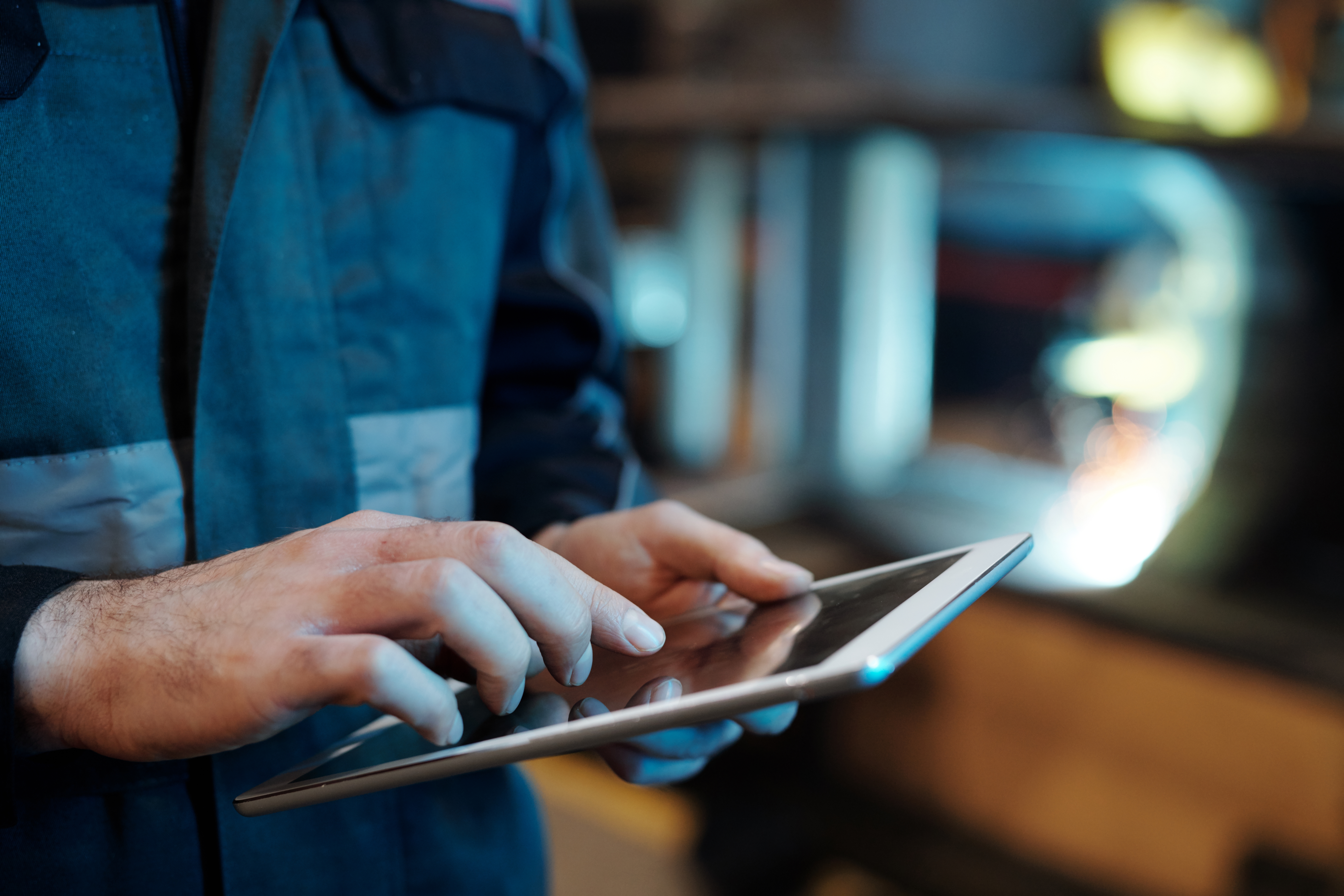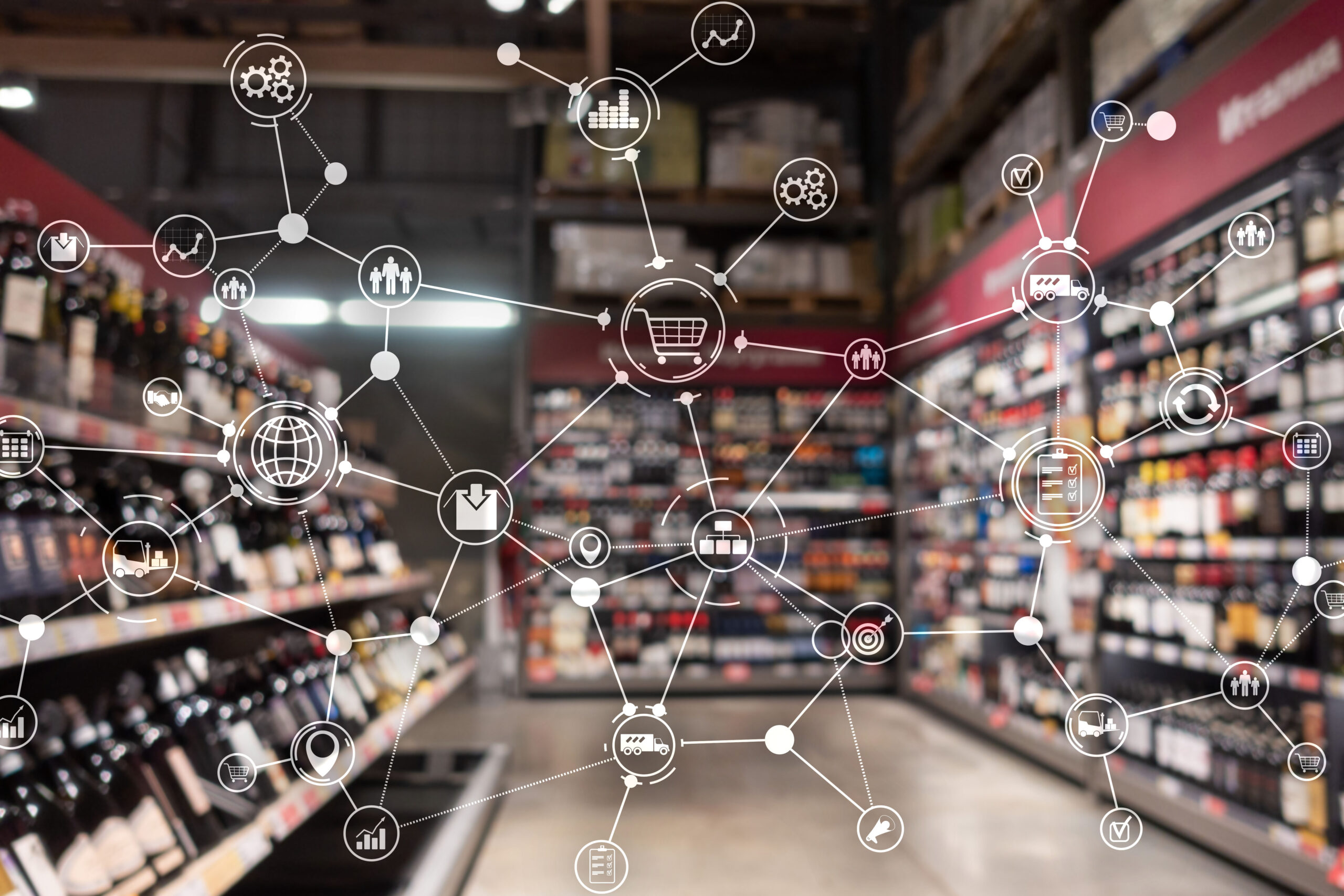In the complicated world of retail, planograms (POGs) play a pivotal role in the intersections of products and people. A planogram is more than just a visual representation of where products should be placed on store shelves; it’s a strategic blueprint that influences customer experiences, purchase decisions, and ultimately, a retailer’s bottom line. But a successful planogram requires rigorous validation to ensure its effectiveness. In this blog post, we’ll explore the concept of planogram verification, its significance, and how it can elevate retail operations to new heights.
What is Planogram Verification?
Planogram verification is a process used in retail and merchandising to ensure that products are displayed on store shelves according to a predetermined planogram. A planogram is a visual representation or diagram that outlines the specific arrangement and positioning of products on retail shelves in order to optimize sales and create an organized and visually appealing shopping experience for customers.
The Significance of Planogram Verification
Planogram verification involves inspecting the store shelves to ensure that they match the planogram. This verification process serves several purposes:
- Consistency: Retailers often have specific guidelines for how products should be displayed. Verifying the planogram ensures that all stores within a chain or franchise adhere to these guidelines consistently.
- Optimization: Planograms are designed to maximize the visibility of products, promote cross-selling, and increase sales. Verification helps confirm that products are displayed in a way that aligns with these goals.
- Customer Experience: A well-executed planogram enhances the shopping experience by making it easier for customers to find products, compare options, and make purchasing decisions.
- Inventory Management: Accurate planogram execution helps retailers keep track of inventory levels and reduce overstock or out-of-stock situations.
- Compliance: In some cases, manufacturers or suppliers may have specific agreements with retailers regarding how their products are displayed. Planogram verification can ensure compliance with these agreements.
- Best fit: There’s nothing worse than having a planogram not fit the space is designated for. Planogram verification requires measuring and double checking dimensions and size requirements before executing in-store.
The Planogram Verification Process
The verification process typically involves comparing the actual placement of products on shelves with the planogram’s visual representation. Any discrepancies are identified, documented, and addressed. This might involve adjusting product placement, restocking shelves, or making other changes to align with the intended planogram.
Planogram verification can be done manually by store employees, using print outs and power point decks. More recently, brands and retailers are beginning to rely on technology, such as using handheld devices, image recognition software or augmented reality (AR) to compare shelf displays to digital planograms. This technology-driven approach can expedite the verification process and reduce human error.
Augmented Reality for Planogram Verification with SMX GO
Augmented reality can be a powerful tool when it comes to visualizing and validating store planograms. InContext’s exclusive retail execution mobile app, SMX GO, features AR technology that gives field teams a quick and seamless way to compare the current planogram to the designated changes, and make informed decisions on the spot. Accurate implementation is a pain point for many manufacturers. InContext’s AR solution allows headquarters to alert field teams when a new planogram has been issued; field teams in turn can quickly pull up numerous planogram options, iterate to find the best fit, and add it to their sales materials, closing the feedback loop.
Planogram verification stands as a critical pillar of success for retailers and brands alike. It’s a meticulous process that involves data-driven design, rigorous testing, and continuous improvement. With a well-validated planogram, retailers can create an environment that not only showcases products effectively but also enhances the overall shopping experience. By optimizing sales, improving customer satisfaction, and promoting efficient merchandising strategies, planogram verification becomes an indispensable tool for brands and retailers striving to achieve and maintain their competitive edge. Contact InContext for a demo or to learn more about how AR can help your planogram verification process.




